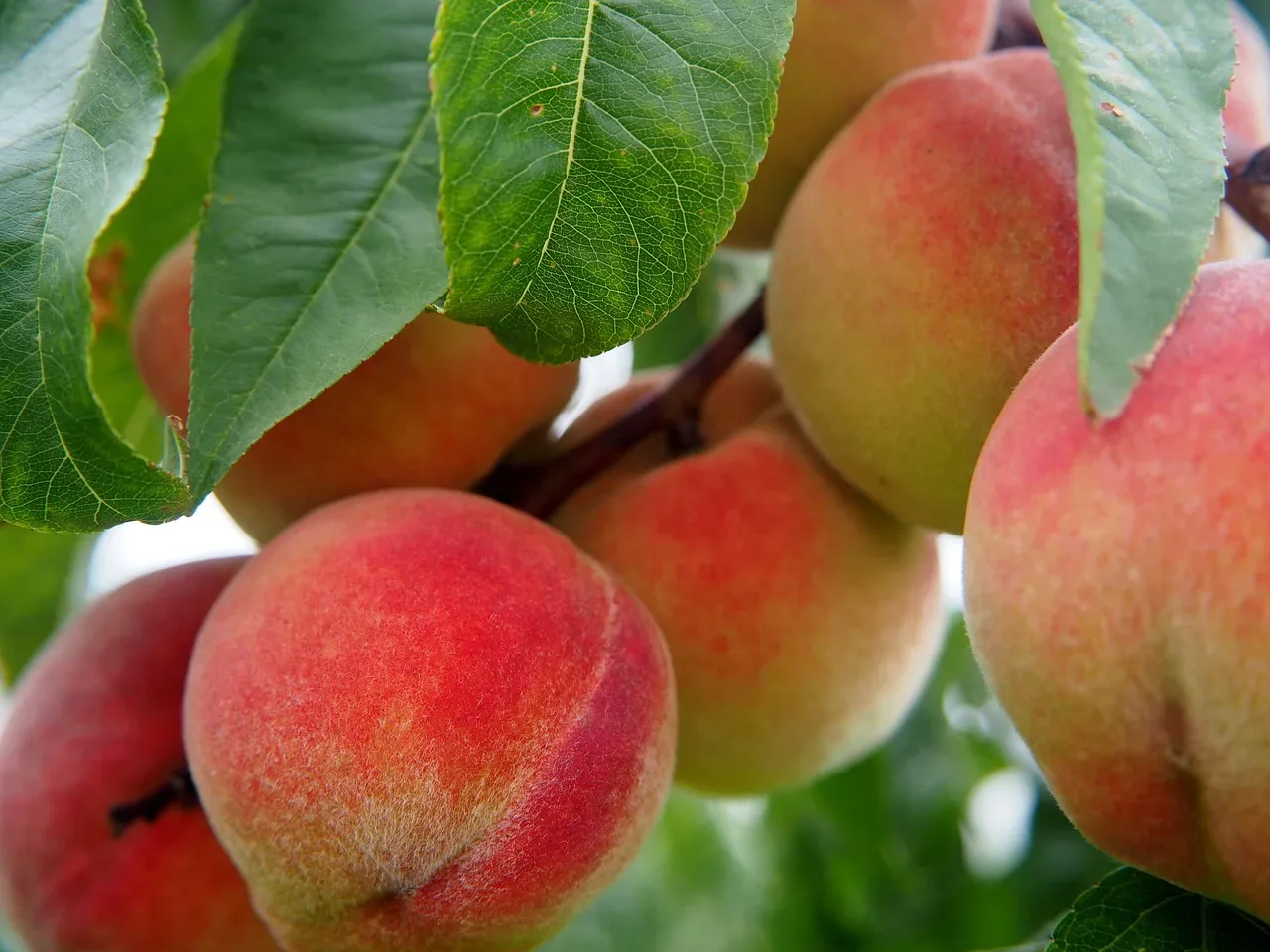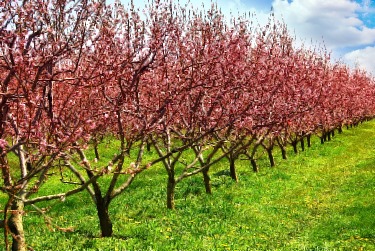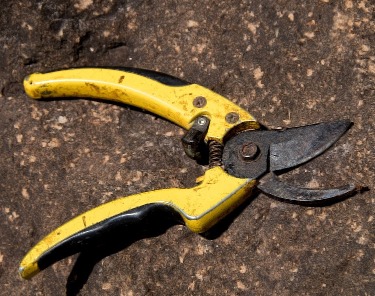
Written by s • Growing Peaches in Your Garden
Peaches are such luscious fruits, and so delicious to eat, that it seems hard to believe they are also among the easiest of fruit trees to grow, and ideal for smaller gardens, since several will fruit well when grown alone – none of that need for a pollinator that means growing at least two of everything. They can also be planted at the foot of a wall, and grown on it, so that they take up almost no room at all. If you love peaches – and who doesn’t – and want to grow one in your garden, read on . . .
Location, Location
A big part of success with a peach tree is where you plant it. Especially in cooler zones (most peaches are hardy to zone 5), a warm, sheltered and sunny spot will make a big difference. In zone 5, if you have a south-facing wall available, consider planting a peach tree against it, in the style called ‘espalier’. This has been discussed in an earlier blog post on the site. The drier root zone, the winter warmth from the wall, and the trapped sun in summer and fall, will all work together to produce perfect sun-ripened peaches where you would struggle in the open garden.
Soil
The soil for peaches should be well-drained, and the ideal soil is somewhere between clay and sand. Too much clay and the soil will be wet for too long, and in a very sandy soil drought-stress in summer can keep fruit small and dry. Even if you don’t match this ideal, peaches are adaptable, and with compost to improve the soil, and a good fertilizer program, especially on sandy soils, you can succeed with a peach tree.
Pollination
Most peach trees are self-pollinating, so the only reason to plant more than one is to enjoy fruit over a longer season. Top-pick for a good, all-round variety is the Glohaven Peach Tree (shown above), a vigorous and productive variety. The large fruits have richly-flavored flesh and ripen in August, the perfect time for summer peach eating. Other good self-pollinating varieties include Majestic and Redhaven. Although these trees fruit well when grown alone, it is true that having other peach trees around can increase the yield of them all, so if you have the space, planting two or three different trees is a great idea.
Spacing

If you are planting a standard tree, it will need a space 20 feet across. For a semi-dwarf tree, allow 15 feet, and for a dwarf tree, 10 feet is all it needs. You can also plant miniature trees, which only spread 6 feet across. These are also great for growing in pots, which is a good idea if you have very unsuitable soil, or just a terrace or patio. When choosing a planting spot, adding a few extra feet is a good idea, so that you keep good air circulation around your tree, and let plenty of light in.
Planting
Planting a peach tree is very much like planting any tree, but there are some special points too. Put some work into preparing the soil, adding organic material like compost or rotted manure. These materials improve any soil and provide nutrients for your tree too.
When planting, the most important thing is to keep the graft union above the soil line. This is the spot where the tree is attached to its root system, called the graft union. You can recognize it because in a young tree there will be a ‘kink’ in the stem, and often a sign of a cut or a healing wound. This is normal, and in time the kink will disappear. It is very important to keep the area 2 to 3 inches above the ground level, so that the upper stem cannot root into the ground. This would destroy the effect of the special root system and give you a much bigger tree than you expected.
Also, you may see shoots from that area below the graft union developing. Remove these completely, as they take away strength from the upper part. Don’t make the union any higher than 2 or 3 inches – if that means planting deeper than the tree is in the pot, that is OK. Add a layer or organic mulch over the root system, and put a tree guard around the stem, if the tree doesn’t come with one, to prevent rodent damage in winter while the tree is young.
Should I Fertilize My Tree?
A newly-planted tree won’t need fertilizer if you added organic material when planting. A young tree should add 8 to 12 inches of new growth each year. If your tree doesn’t, then use a fertilizer the following spring. Apply this in early spring, and don’t feed past the beginning of July. If you do need to feed, use a blended fertilizer for fruit trees. Liquid forms are good for young trees, with limited root systems. Older trees are best fed with granular food.
Training and Pruning

In the second spring, remove any stems that have grown fast, keeping the scaffold branches, but leave twigs uncut, as these are where the peaches will develop the next year.
In later years, don’t do any major pruning, just keep the tree open, and remove any crossed branches. As you notice branches that stop carrying fruit, remove these, and replace them with new stems. In summer remove the tips of new, leafy shoots to encourage side shoots which will carry fruit.
Once your tree starts carrying a good crop, you will probably need to thin the fruit, otherwise your crop will be small fruit, with a small amount of flesh. Thinning is done 20 to 40 days after blooming, while the fruit is still small. Remove excess fruit, leaving one peach every 6 inches along the stems. If there is a cluster of fruit, leave the central one and remove the ones surrounding it. Thinning gives you top-quality, large fruit, reduces the chance of your tree only fruiting every second year, and protects the branches from breakage due to the weight of a heavy crop – it might seem wasteful, but it is the best thing to do.
Pests and Diseases
All peach trees can be attacked by pests and diseases, although good growing and pruning practices reduce the risk. Another time we will write about this, but don’t be put off growing peaches because you are afraid of pests.





